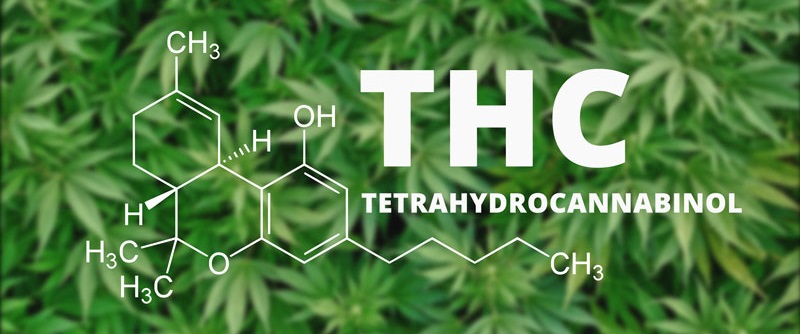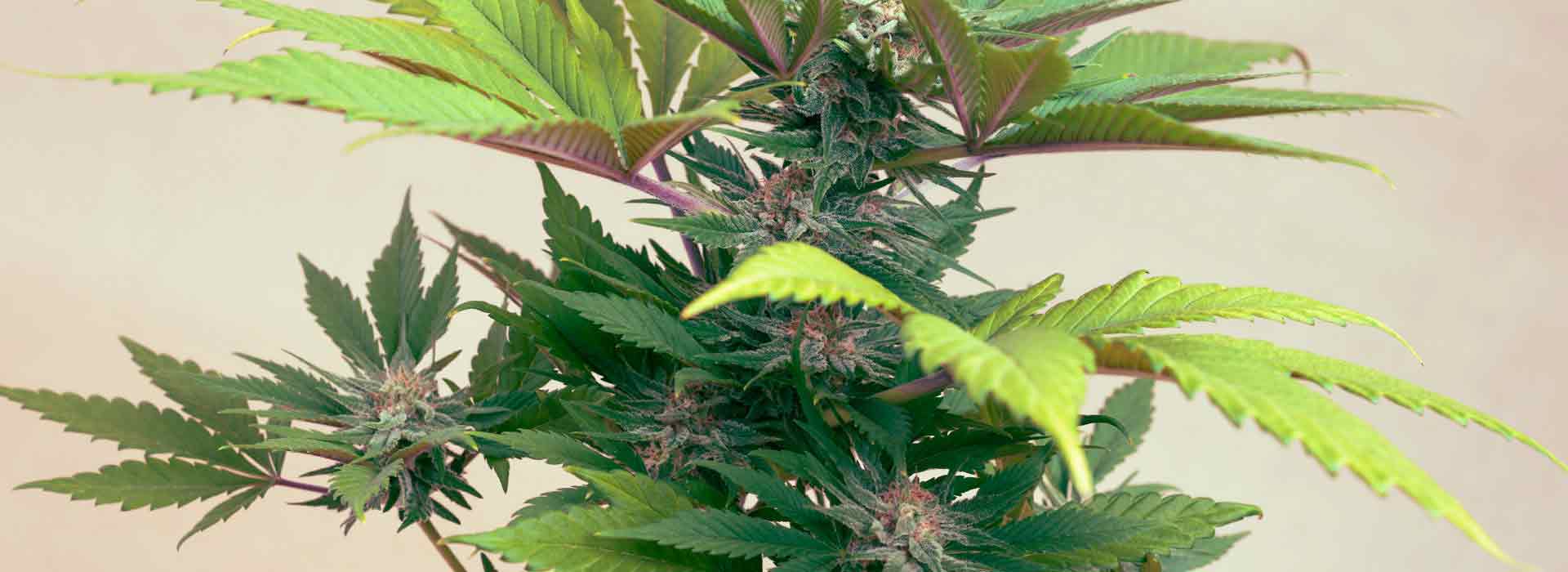
Mr. Popularity: a Profile of THC
THC is the most well-known cannabinoid because it can be the most fun. THC is responsible for most of the euphoria or high that cannabis users experience. Cannabis today tends to be very high in THC, because breeders have sought to maximize everyone’s favourite cannabinoid. In fact, some licensed producers in Canada’s medical cannabis industry have achieved up to 27% in their bud. By comparison, cannabis from 40 years ago was more likely to be under 5%.
As more Canadians begin using cannabis, we are certain to learn a lot more about THC. What we know today is that THC interacts with the CB1 neurotransmitters in that exist primarily in the brain and central nervous system, so its effects are generally cerebral. Low-dose users tend to be focused, creative, and motivated, so users often seek it earlier in the day. Users of higher doses might wait until later in the day, when the possibility of euphoria overpowering the focus is less of a concern.
 In addition to its known psychoactive effects, variants of THC can be very important for health and wellness. The chart I posted last month, we can see a few of THC’s benefits. As the most popular cannabinoid, we have more information about THC than other cannabinoids. Among other benefits, we know THC can help:
In addition to its known psychoactive effects, variants of THC can be very important for health and wellness. The chart I posted last month, we can see a few of THC’s benefits. As the most popular cannabinoid, we have more information about THC than other cannabinoids. Among other benefits, we know THC can help:
- reduce stress, anxiety, and the symptoms of PTSD
- fight cancer by preventing the spread of malignant cells
- relieve pain with anti-inflammatory and analgesic properties
- relieve symptoms of epilepsy, schizophrenia, and similar illnesses
- fight infections and stimulate cellular repair
One of THC’s most interesting properties is its ability to both stimulate and depress appetite. THC is notorious for causing the munchies: a stereotypical craving for snack foods, but it can also be used for weight loss. Speaking from experience, I lost 40 lbs when I first switched from opiates to cannabis for a few reasons:
- No more emotional eating: less emotional eating that contributed to weight gain
- Less alcohol: regular access to cannabis reduces the desire to drink high-calorie alcoholic beverages
- Healthier side-effects: unlike opiates that made me crave high-fat dairy-based treats, cannabis provides fibre and protein that my body actually need
There are ways to minimize the psychoactive properties of cannabis so that you can leverage these benefits without getting high. CBD in medically-oriented strains suppresses the euphoria by changing the way that THC interacts with the endocannabinoid system. The terpene myrcene in some strains can have a similar effect – plus myrcene is present in other plants like cloves and black pepper, so the foods you eat can even reduce the high.
These interactions are why traditional drug tests can test for cannabis use but not for impairment. There are too many factors that can alter how THC affects each individual on a given day, so there is no way to translate a specific THC level into a measure of impairment. Instead, we need practical, skill-based tests, like field sobriety tests, that evaluate an individual’s actual abilities rather than blanket policies or set thresholds.
Follow Us:
Share This:


